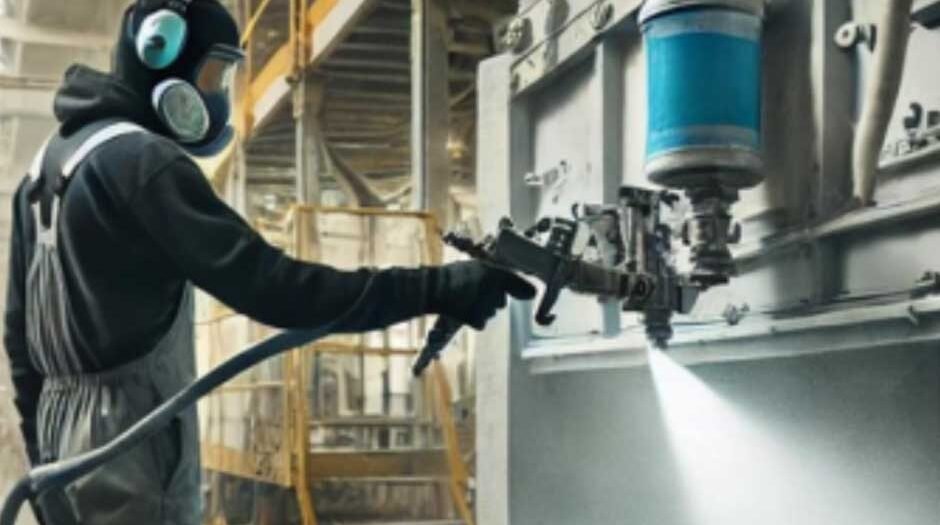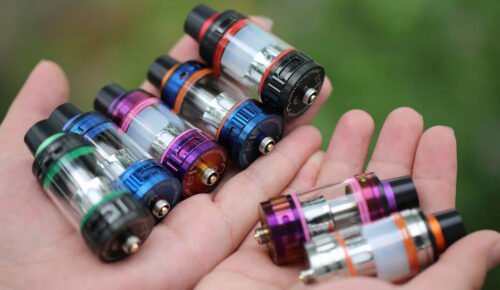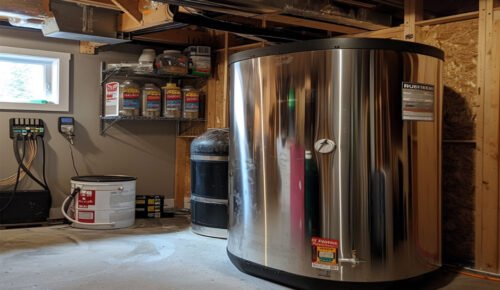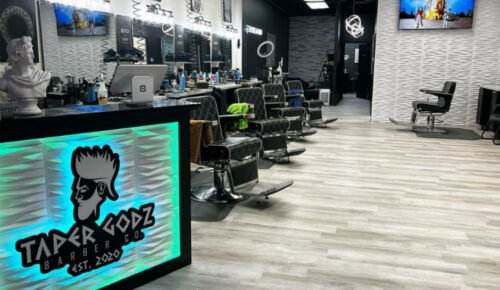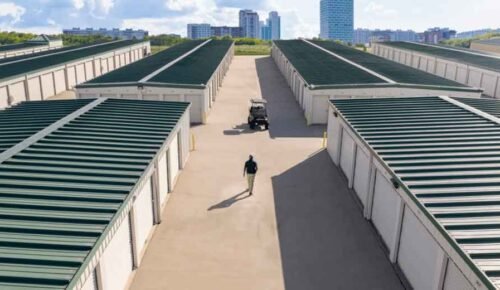Industrial equipment operates under demanding conditions, often exposed to extreme temperatures, moisture, chemicals, and mechanical stress. Over time, these harsh environments can degrade equipment, leading to corrosion, wear, and costly downtime. One effective way to extend the life of industrial equipment is through regular coating evaluations and maintenance. Protective coatings act as a barrier, preventing direct exposure to harmful elements. To ensure these coatings perform optimally, experts like a NACE Inspector are often called in to assess their condition and recommend necessary interventions. Here are key techniques for maximizing equipment lifespan through coating evaluations.
Understanding the Importance of Protective Coatings
Protective coatings serve multiple purposes, including corrosion prevention, abrasion resistance, and chemical protection. In industries such as oil and gas, manufacturing, and marine operations, even minor damage to coatings can lead to significant equipment failures. Regular evaluations allow for early detection of issues and timely maintenance, preventing long-term damage.
Benefits of Protective Coatings
- Corrosion resistance: Coatings prevent metal components from reacting with moisture, oxygen, and chemicals, which can lead to rust and structural weakening.
- Extended service life: By maintaining a protective barrier, coatings reduce wear and tear, minimizing the need for repairs or replacements.
- Improved safety: Well-maintained equipment reduces the risk of accidents caused by weakened structures or leaks.
Properly maintained coatings can save companies both time and money by reducing downtime and repair costs.
Regular Coating Inspections
A crucial part of extending equipment life is conducting regular inspections of protective coatings. Inspections help identify early signs of degradation, such as cracking, peeling, or discoloration, allowing for timely repairs.
Types of Inspections
- Visual Inspection: This involves checking the coating for visible signs of damage or irregularities.
- Thickness Measurement: Tools like ultrasonic thickness gauges measure the coating’s current thickness to determine if it has worn down over time.
- Adhesion Testing: Adhesion tests assess whether the coating is still securely bonded to the surface. Poor adhesion can lead to coating failure under stress.
By using these methods, inspectors can provide detailed reports on the condition of the coatings and recommend corrective actions.
The Role of a NACE Inspector
A NACE Inspector is a certified professional trained in coating inspection and maintenance. NACE (National Association of Corrosion Engineers) certification is globally recognized for its expertise in corrosion prevention and protective coatings. These inspectors play a key role in ensuring that coatings meet industry standards and continue to provide effective protection.
Key Responsibilities of a NACE Inspector
- Conducting detailed coating assessments, including surface preparation, application, and curing processes
- Identifying potential risks and areas of concern that could lead to premature coating failure
- Providing recommendations for maintenance, repairs, or re-coating based on inspection findings
Engaging a certified inspector ensures that coating evaluations are thorough and compliant with relevant industry standards.
Preventive Maintenance and Repairs
Once coating issues are identified, preventive maintenance helps address them before they escalate. Common maintenance activities include patching damaged areas, reapplying coatings, and performing surface preparation to ensure adhesion.
Best Practices for Coating Maintenance
- Clean surfaces regularly: Dirt, grease, and debris can compromise the effectiveness of protective coatings.
- Monitor environmental factors: Conditions like high humidity, UV exposure, and chemical spills can accelerate coating degradation.
- Address minor issues promptly: Small cracks or chips can spread if not repaired, leading to widespread damage over time.
Implementing a preventive maintenance plan helps reduce unexpected failures and ensures that equipment remains in optimal condition.
Selecting the Right Coating System
Not all coatings are created equal, and selecting the right system for your specific equipment and environment is critical. Factors such as operating temperature, exposure to chemicals, and mechanical stresses should be considered when choosing a coating.
Types of Industrial Coatings
- Epoxy coatings: Known for their durability and chemical resistance, epoxy coatings are commonly used in harsh environments.
- Polyurethane coatings: These offer excellent abrasion resistance and UV stability, making them ideal for outdoor applications.
- Zinc-rich primers: Often used as a base layer, these coatings provide sacrificial protection by preventing underlying metal from corroding.
Consulting with experts, including coating manufacturers and inspectors, helps ensure that you select a system tailored to your equipment’s needs.
Combining Coating Evaluations with Long-Term Planning
Extending the life of industrial equipment requires a strategic approach that integrates regular coating evaluations, preventive maintenance, and long-term planning. Companies that prioritize coating health can reduce equipment failures, enhance operational efficiency, and improve safety. By investing in proper maintenance and expert evaluations, businesses can protect their assets and ensure reliable performance for years to come.
